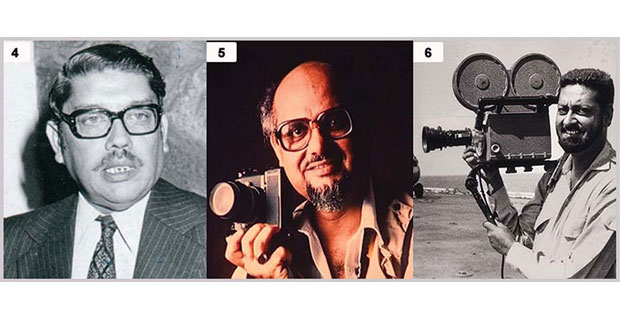A Century of Indian Journalism Saga in Kenya
Kenya Indian journalists founded newspapers and magazines to demand human rights and freedom under colonial rule in the first half of the last century; and during the latter half showed professionalism and ingenuity to reach top positions. Despite facing threats, prison, exile and deportation, they contributed to developing Kenya’s media in no small measure, writes Kul Bhushan
Press photographers and radio journalists have also been included as they played a major role during this century. Three South Asian photographers, Mohamed Amin, Priya Ramrakha and Sir Mohinder Dhillon, made their mark on the global scene with their photo-coverage of Eastern Africa during this time. Priya Ramrakha and Mohamed Amin died in the call of duty; Sir Mohinder Dhillon decided to walk away from a torture scene deliberately extended for filming; 21-year old Mohinder Singh Marjara disappeared in the Congo and no search was ever mounted for him. These and many other cameramen have their tales and top photos here.
1. Top professional, Joe Rodrigues rose from a sub-editor to become the editor in chief of the Nation, the biggest newspaper in East Africa; and was elected the president of the International Press Institute but was dismissed after working for 21 years
2. Legend in his lifetime, Mohamed Amin covered African events for world media and produced over a dozen photo books for different countries and was honoured with numerous international awards. He died on duty during a hijack
3. Renowned photojournalist Sir Mohinder Dhillon covered East Africa for global media and was knighted for his contribution to draw the world’s attention to a famine in Ethiopia
The air waves were dominated by Chaman Lal Chaman, Pritam Chaggar, Mussa Ayub, Sajjad and Darshi Shamshi, and others. The first Asian women print and radio journalists, Gaytri Sagar and Tochi Chaggar respectively, are included with due diligence. Why does the book stop at 1992? Because then the air waves were liberalized and most of the earlier journalists had emigrated.
Journalists are normally writing or telling other people’s stories, here they are writing their own. In cases where the journalist was no more, relatives or colleagues stepped in. Leafing through the book, an African journalist has commented: “I had no idea these guys existed. This book has secured their place in Kenyan history for posterity.” To label it as a magnum opus of Asian journalists’ saga in Kenya is an understatement.
—Kul Bhushan worked as a full time journalist and editor in Kenya for 40 years during this period and is included in this book.










Comments.